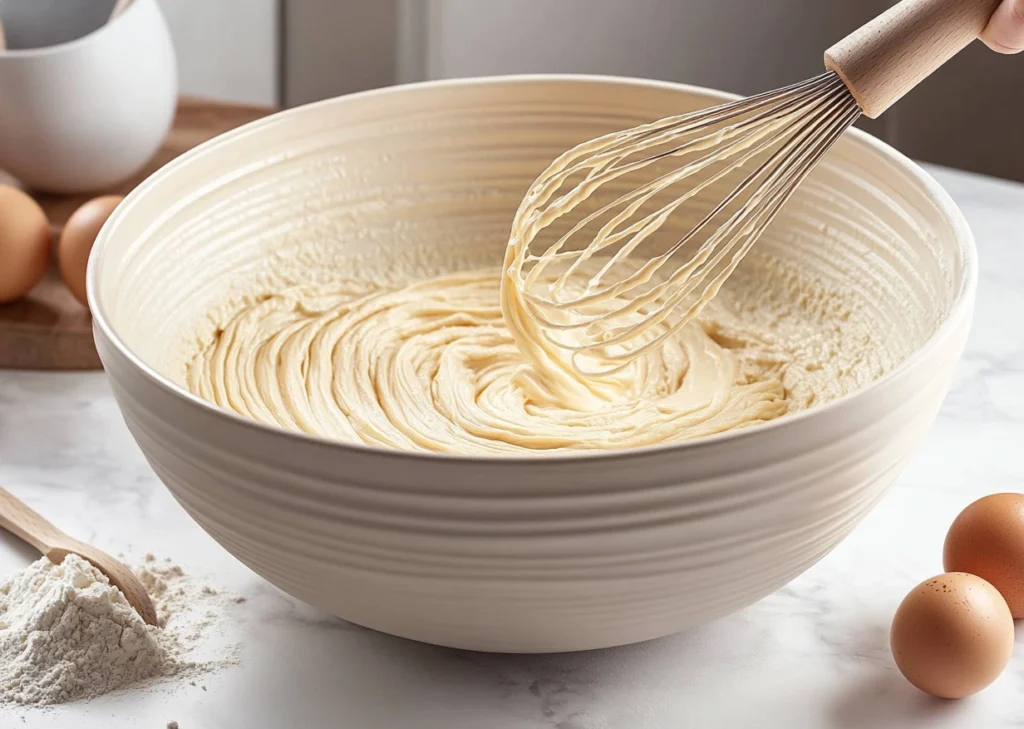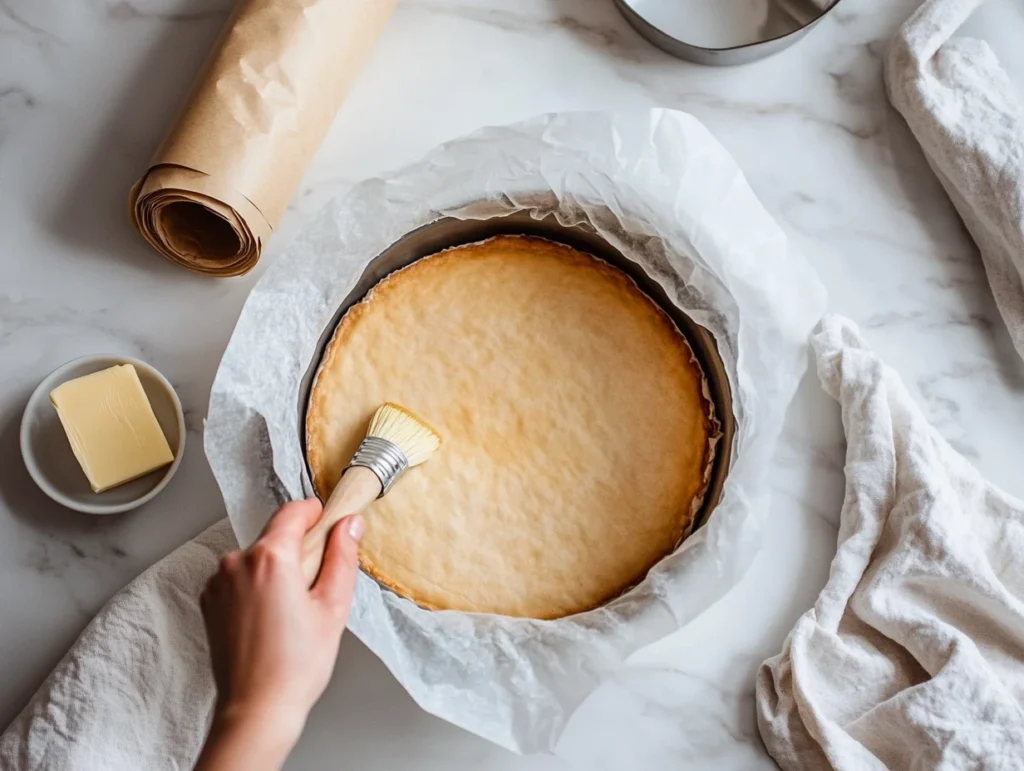Baking is a skill that blends science, creativity, and a dash of love. Whether you’re a seasoned home baker or a curious beginner, there’s something nostalgic and rewarding about revisiting a home economics class cake recipe. This timeless recipe is as much about teaching the fundamentals of baking as it is about creating a delicious dessert. In this article, we’ll dive into the essentials of this classic cake recipe, explore step-by-step preparation, and provide tips for perfect results every time. You’ll also discover ways to adapt this recipe to suit various tastes and dietary needs. Let’s get started!
Introduction to the Home Economics Class Cake Recipe
What Is the Home Economics Class Cake Recipe?
The home economics class cake recipe is a classic, foundational recipe often taught in schools to introduce students to baking basics. Known for its simplicity, it uses minimal ingredients, making it an excellent entry point for beginners. This cake embodies the core principles of baking—measuring, mixing, and timing—while delivering a moist and flavorful dessert.
Why This Recipe Holds a Special Place in Baking Education
The recipe’s charm lies in its versatility. It not only teaches essential baking skills but also encourages creativity. Students can experiment with flavors, decorations, and variations. Plus, the hands-on approach fosters confidence and a deeper understanding of how ingredients work together.
The Simplicity and Versatility of the Recipe
At its heart, this recipe is designed to be fail-proof. With just a handful of pantry staples, you can whip up a cake that’s perfect for any occasion. Whether dressed up with frosting or enjoyed plain with tea, it serves as a blank canvas for personalization, ensuring there’s always something new to learn and enjoy.
Ingredients Breakdown
Essential Ingredients for a Classic Cake
The beauty of the home economics class cake recipe lies in its simplicity. Most of the ingredients are staples you likely already have in your kitchen. Here’s what you’ll need:
- Flour: All-purpose flour works best for a tender yet sturdy texture.
- Sugar: Granulated sugar adds the perfect level of sweetness.
- Eggs: Essential for binding and adding richness.
- Butter or Oil: Butter gives a classic flavor, while oil ensures moisture.
- Milk: Provides the necessary liquid for the batter’s consistency.
- Leavening Agents: Baking powder or baking soda creates the fluffiness.
- Vanilla Extract: Adds a subtle, sweet aroma.
These simple ingredients come together harmoniously to form the base of a foolproof cake.
Optional Add-Ons for Personalization
Once you’ve mastered the classic version, you can begin experimenting! Add-ins like chocolate chips, nuts, or dried fruits can take your cake to the next level. Want a flavor twist? Consider cinnamon, lemon zest, or almond extract for something different. The home economics class cake recipe is versatile enough to adapt to your preferences or what’s in your pantry.

This part highlights how accessible and customizable this recipe is. Now that you know what you need, let’s get into the fun part—making the cake!
Step-by-Step Preparation Guide
Preparation of the Baking Environment
Before diving into the recipe, preparation is key. First, preheat your oven to 350°F (175°C)—this ensures even baking. Next, choose a pan suitable for your cake size, such as an 8-inch round or square pan. Grease the pan thoroughly with butter or non-stick spray, and line the bottom with parchment paper to prevent sticking.
Mixing the Ingredients: The Science of Baking
Start by whisking your dry ingredients—flour, sugar, and baking powder—in a large mixing bowl. In another bowl, combine your wet ingredients: eggs, milk, and melted butter or oil. Slowly add the wet mixture to the dry ingredients, stirring gently to avoid overmixing. A smooth batter ensures the right texture.
Transitioning from dry to wet, you’ll notice the batter thickening, a result of the leavening agents activating. If you’re adding extras like chocolate chips or spices, gently fold them in at this stage.
Baking the Cake: Timing and Techniques
Pour the batter evenly into your prepared pan, spreading it gently with a spatula. Place the pan in the center of the preheated oven to ensure even heat distribution. Bake for 25-30 minutes, checking for doneness with a toothpick. If it comes out clean, your cake is ready.
Once baked, allow the cake to cool in the pan for 10 minutes before transferring it to a wire rack. This step helps maintain its structure and prevents crumbling.

With this guide, you’re well on your way to mastering the home economics class cake recipe. Up next, we’ll explore tips for achieving perfection every time.
Tips for Achieving Perfection
Common Mistakes and How to Avoid Them
While the home economics class cake recipe is simple, even experienced bakers can stumble. To ensure success, steer clear of these common pitfalls:
- Overmixing the Batter: Overmixing can lead to a dense cake. Mix just until the ingredients are combined.
- Incorrect Oven Temperature: Always preheat your oven and use an oven thermometer to avoid surprises. Baking at the wrong temperature may result in uneven cooking.
- Skipping Ingredient Accuracy: Baking is science! Always measure your ingredients accurately, especially flour, which should be spooned and leveled.
By keeping these tips in mind, you’ll avoid frustrations and enjoy consistent results.
Enhancing Texture and Moisture
Want a cake that’s irresistibly soft and moist? Try these tricks:
- Use Room Temperature Ingredients: This helps the batter blend seamlessly, creating a smoother texture.
- Incorporate a Syrup: Brushing the baked cake with a simple sugar syrup locks in moisture.
- Don’t Overbake: Keep a close eye during the last 5 minutes of baking. A toothpick should come out with a few moist crumbs, not dry.
For more detailed baking guides, check out this helpful baking tip page.
Frosting and Decorating Ideas
Simple Frosting Recipes for Beginners
Frosting is the crown of your cake, and it doesn’t have to be complicated. Here are two beginner-friendly options:
- Classic Buttercream: Mix softened butter, powdered sugar, and vanilla extract. Add a splash of milk for a spreadable consistency.
- Whipped Cream Frosting: Whip heavy cream with powdered sugar until stiff peaks form. This light topping pairs perfectly with the home economics class cake recipe.
Creative Decoration Tips
Once frosted, let your creativity shine! Try these easy ideas:
- Piping Designs: Use a piping bag to create swirls or patterns.
- Sprinkles and Edible Flowers: Add instant flair with vibrant sprinkles or delicate edible flowers.
- Seasonal Themes: Customize decorations to match occasions like birthdays or holidays.
Decorating transforms a simple cake into a stunning centerpiece. If you want more ideas, explore the “Heart Cake Guide” here.

In the next section, we’ll look at exciting ways to tweak the home economics class cake recipe for unique variations!
Variations of the Home Economics Class Cake Recipe
Adapting the Recipe for Dietary Preferences
One of the best things about the home economics class cake recipe is its adaptability. You can tweak it to suit different dietary needs without sacrificing taste. Here’s how:
- Gluten-Free Version: Swap out all-purpose flour with a gluten-free baking blend. Adding a teaspoon of xanthan gum ensures the structure stays intact.
- Vegan Option: Replace eggs with flax eggs (1 tablespoon of flaxseed meal + 3 tablespoons of water per egg). Use plant-based milk and vegetable oil or vegan butter.
- Low-Sugar Alternative: Substitute half the sugar with a natural sweetener like stevia or honey. also you can also try unsweetened applesauce for added moisture and a hint of sweetness.
These small adjustments make the recipe inclusive, allowing everyone to enjoy this timeless cake.
Exploring Cultural Twists
The home economics class cake recipe provides a blank canvas for exploring flavors from around the world. Add these regional twists for something new:
- Mediterranean Citrus Cake: Incorporate orange or lemon zest and drizzle with a honey glaze.
- Caribbean Coconut Cake: Replace milk with coconut milk and fold shredded coconut into the batter.
- Asian-Inspired Matcha Cake: Add a teaspoon of matcha powder for a subtle earthy flavor.
Experimenting with these ideas is a fun way to elevate this simple recipe and connect with global culinary traditions.
FAQs About Home Economics Class Cake Recipes
What is the history of the Home Economics Class Cake Recipe?
The home economics class cake recipe originated as a practical teaching tool in schools. It aimed to introduce students to essential baking techniques using simple ingredients. Over time, it has become a nostalgic favorite for its ease and reliability.
Can I make this recipe without an oven?
Absolutely! You can adapt the recipe for a stovetop by using a heavy-bottomed pan and a lid. Alternatively, bake it in an air fryer by adjusting the temperature and baking time.
How do I store and preserve the cake for freshness?
Wrap the cake tightly in plastic wrap or store it in an airtight container at room temperature for up to three days. For longer storage, freeze slices individually and thaw as needed.
By answering these common questions, we ensure you’re equipped to bake confidently and creatively with this classic recipe. Up next: wrapping up with a compelling conclusion!
Conclusion: Why Every Home Baker Should Master This Recipe
The home economics class cake recipe is more than just a simple dessert; rather, it serves as a gateway to understanding the art and science of baking. Moreover, with its easy-to-follow steps and flexible ingredients, this recipe is ideal for beginners while remaining a comforting classic for seasoned bakers. Additionally, by mastering this timeless cake, you’ll not only build confidence in the kitchen but also create something that can be shared and enjoyed with loved ones. Ultimately, this recipe combines simplicity, versatility, and joy, making it a must-try for bakers of all levels.
